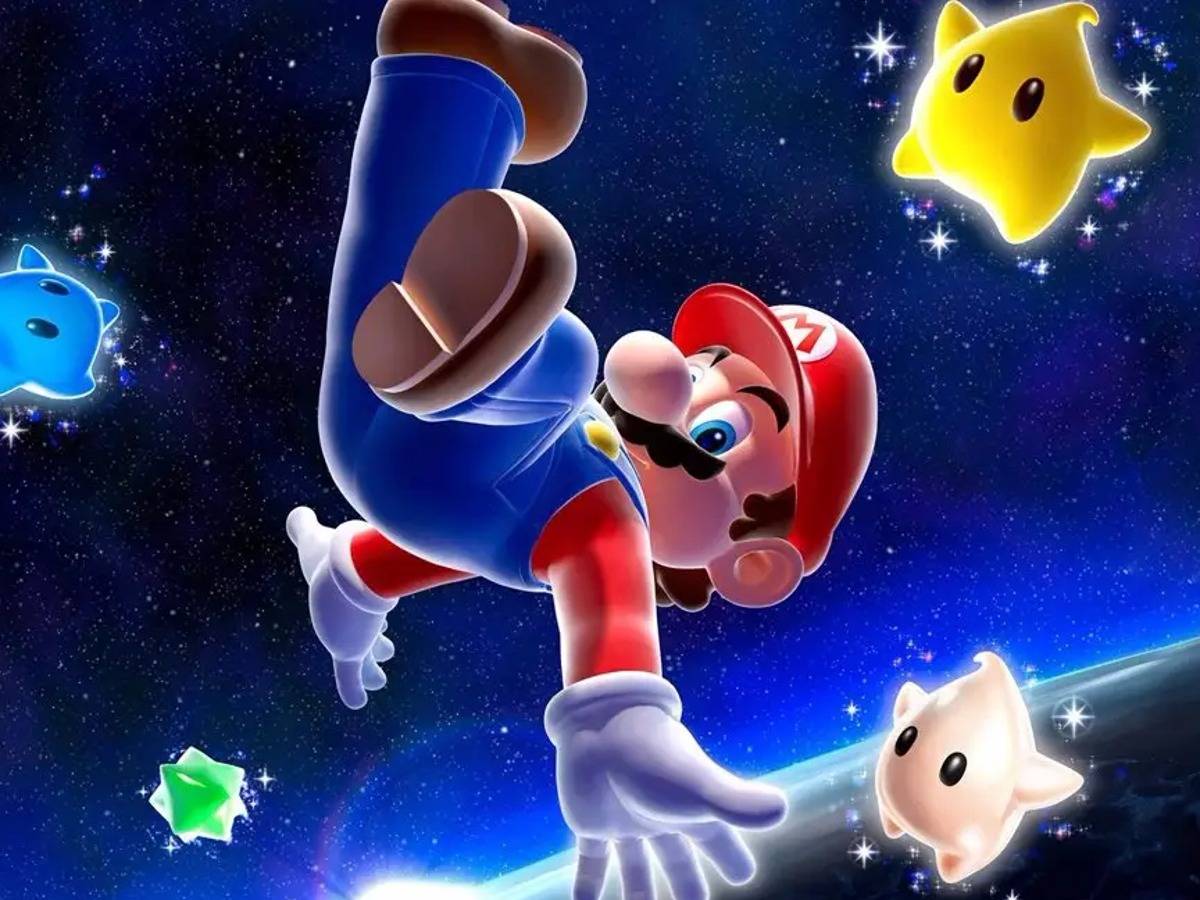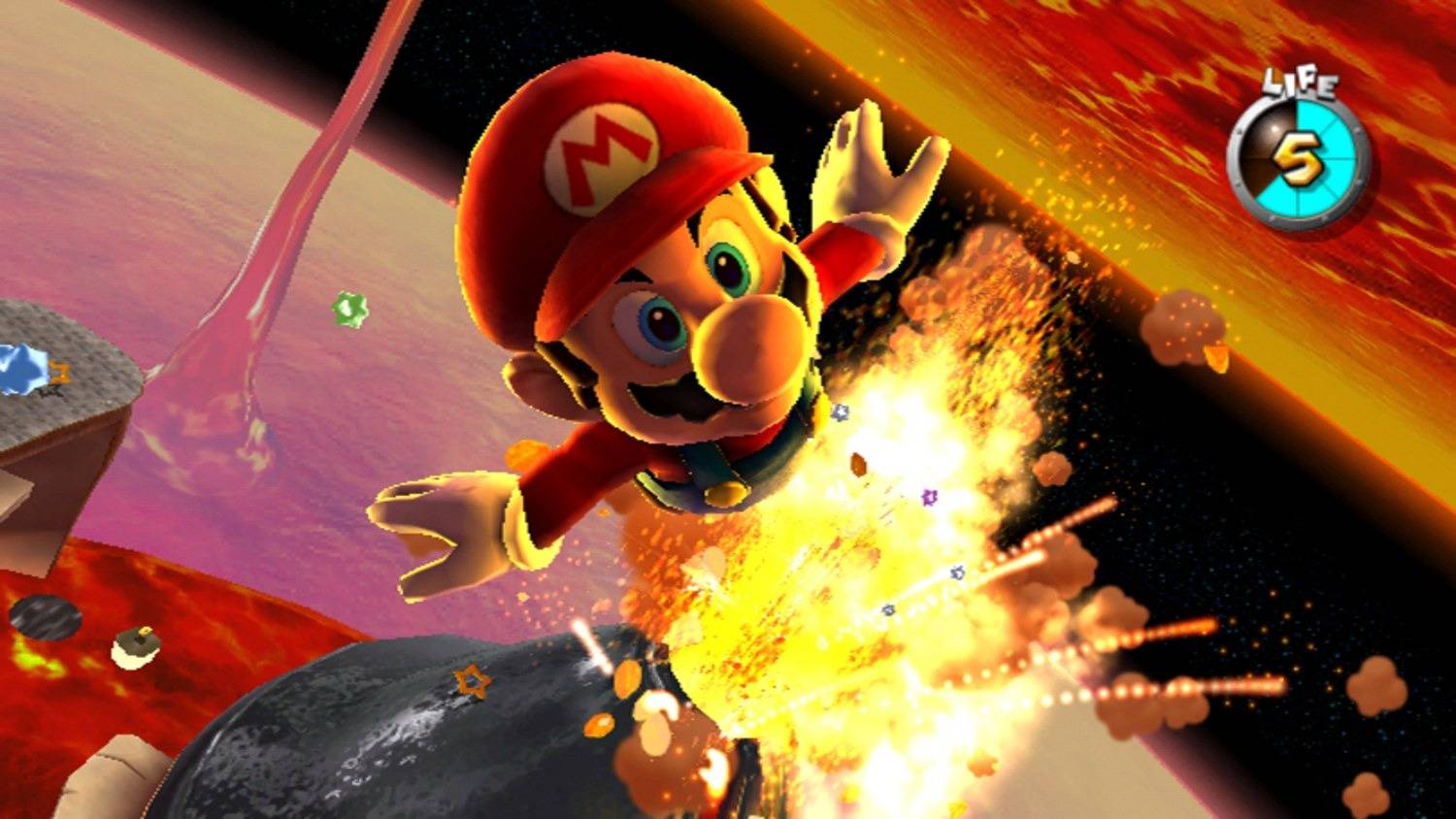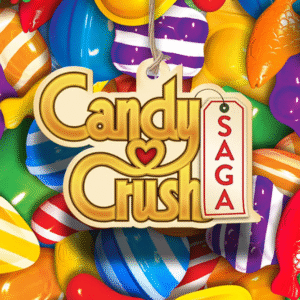A Celestial Journey: Remembering the Enduring Legacy of Super Mario Galaxy
Popular Now
 Roblox
Roblox
 R.E.P.O
R.E.P.O
 League of Legends
League of Legends
 EA SPORT FC 25
EA SPORT FC 25
 Warframe
Warframe
 Genshin Impact
Genshin Impact
 Free Fire Max
Free Fire Max
 Among Us
Among Us
 Fortnite
Fortnite
 Gacha Club
Gacha Club
 Few games in Nintendo’s storied history have captured the public imagination quite like Super Mario Galaxy. Released in 2007 for the Wii, at a time when motion controls were the revolutionary new frontier of gaming, it was more than just another Mario adventure. It was a cosmic spectacle, a reinvention of the 3D platformer, and a testament to Nintendo’s genius for innovation. As we look back, especially with the recent re-release and renewed interest spurred by the upcoming film adaptation, it’s clear that Super Mario Galaxy remains a shining star in the franchise’s constellation, a game that defied gravity and redefined a genre.
Few games in Nintendo’s storied history have captured the public imagination quite like Super Mario Galaxy. Released in 2007 for the Wii, at a time when motion controls were the revolutionary new frontier of gaming, it was more than just another Mario adventure. It was a cosmic spectacle, a reinvention of the 3D platformer, and a testament to Nintendo’s genius for innovation. As we look back, especially with the recent re-release and renewed interest spurred by the upcoming film adaptation, it’s clear that Super Mario Galaxy remains a shining star in the franchise’s constellation, a game that defied gravity and redefined a genre.
A Revolution in Gravity-Defying Gameplay
Prior to Super Mario Galaxy, 3D Mario games were defined by their open, sandbox-style levels. Super Mario 64 and Super Mario Sunshine offered vast, interconnected worlds to explore. Galaxy, however, took a bold step in a different direction. Instead of one large world, players navigated a series of smaller, spherical planetoids. This simple yet profound change in level design introduced a completely new gameplay mechanic: gravity. Each tiny world had its own gravitational pull, allowing Mario to run, jump, and wall-jump on every surface, even upside down. This not only provided a dizzying sense of scale and wonder but also created an endless stream of ingenious platforming puzzles. The fluid transition from one planetoid to the next, often by launching Mario through space via a Launch Star or Sling Star, was a seamless and exhilarating experience that felt both fresh and distinctly “Mario.”
The game’s use of the Wii’s motion controls was also a masterclass in elegant design. While many Wii titles used motion controls for cumbersome gimmicks, Super Mario Galaxy integrated them with a light touch. Shaking the Wii Remote to perform Mario’s iconic spin attack felt intuitive and responsive, adding a new layer to his combat and movement. The pointer functionality was used for collecting “Star Bits” and stunning enemies, a feature that was both satisfying and non-intrusive. This careful implementation proved that motion controls, when handled by true masters of game design, could enhance the experience rather than detract from it.
 Beyond the Platforming: The Epic Scope and Emotional Depth
Beyond the Platforming: The Epic Scope and Emotional Depth
While the gameplay was undeniably the centerpiece, Super Mario Galaxy’s presentation elevated it to a new level. The game’s art direction was a vibrant, dreamlike spectacle of cosmic beauty. From the whimsical Honeyhive Galaxy to the treacherous Dreadnought Galaxy, each world was a feast for the eyes, filled with colorful characters and breathtaking vistas. The visuals were a significant leap for the Wii, a console often criticized for its graphical limitations. Galaxy proved that artistic vision and clever design could trump raw processing power.
And then there was the music. Super Mario Galaxy was the first game in the series to feature a full orchestral score, a decision that gave the adventure an epic, cinematic quality. The soaring melodies of the Comet Observatory, the playful whimsy of Good Egg Galaxy, and the bombastic, heroic themes of the boss battles all contributed to an atmosphere of wonder and scale. The music didn’t just accompany the gameplay; it was an integral part of the experience, imbuing every jump and every discovery with a sense of grandeur that few other games, even today, have been able to replicate.
Perhaps most surprisingly for a Mario game, Galaxy delivered a poignant and emotionally resonant story. The inclusion of Rosalina and her backstory, told through the pages of a beautiful, melancholic storybook, added a layer of depth and heart that was completely unexpected. Her tale of loss and cosmic journey gave the entire adventure a narrative weight that had been largely absent from previous entries. It transformed a simple “rescue the princess” plot into a larger exploration of themes like family, destiny, and the cyclical nature of the universe. This elevated Galaxy from a great platformer to a truly unforgettable experience.
A Lasting Impact on the Industry
Even years later, Super Mario Galaxy‘s influence can be seen across the gaming landscape. Its successful implementation of gravity-based platforming inspired other developers, with games like Sonic Lost World adopting similar spherical level designs. More importantly, its tight, mission-based structure proved that 3D platformers could be more linear without sacrificing player freedom or creativity. This design philosophy, often referred to as “course-clear,” was a direct influence on subsequent titles like Super Mario 3D Land and Super Mario 3D World. Galaxy‘s legacy is so profound that many fans still consider it the pinnacle of the 3D Mario series, a title that only the more recent Super Mario Odyssey has been able to challenge.
With its recent remaster and a new generation of players getting to experience its magic, Super Mario Galaxy continues to shine. It is a masterpiece that perfectly married inventive gameplay with a breathtaking atmosphere, a reminder that the best games are often those that take a leap of faith into the unknown, just like a plumber jumping from a tiny planet to another star.










